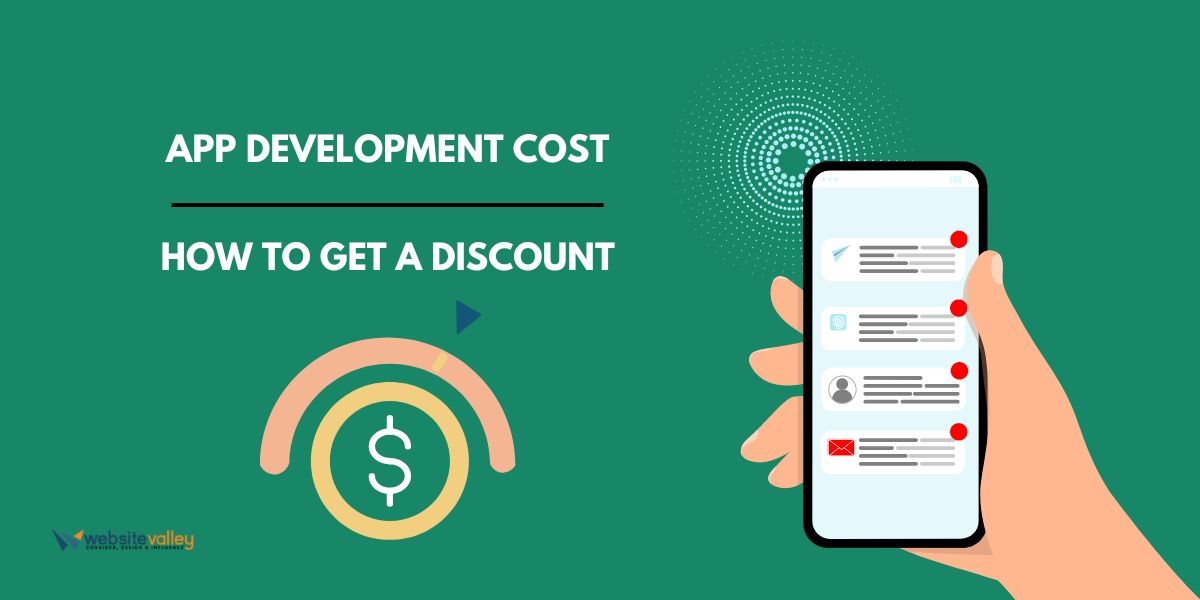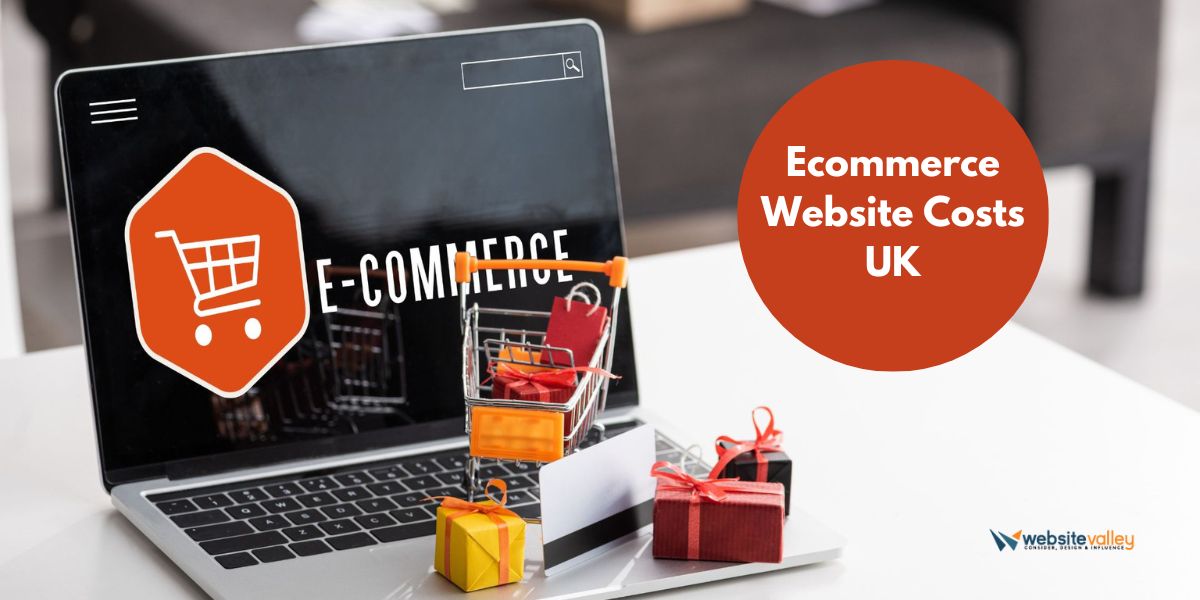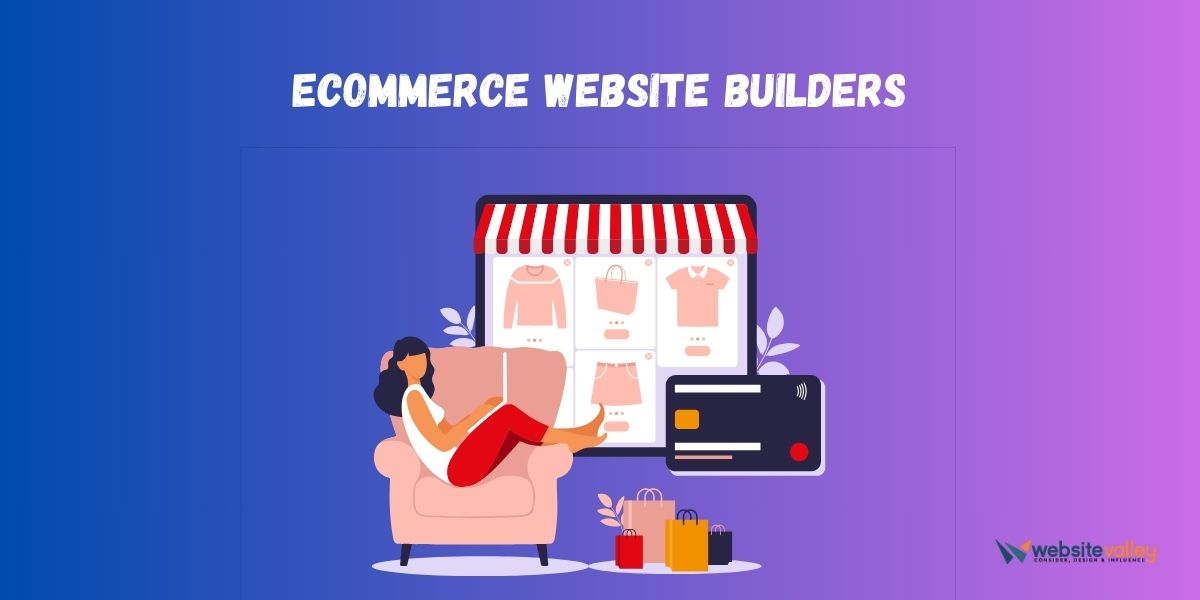
Websites
In an ever-expanding internet realm, establishing an online footprint is imperative for businesses of all sizes. Launching a new website not only saves costs but unlocks a global market. This guide unveils the essential steps to ensure a seamless new website launch, offering insights from design to optimization.
Why Launch a New Website?
Explore the undeniable importance of having a website in the digital age. The guide outlines the cost-effectiveness, global reach, and convenience a website brings to businesses. Learn how websites transcend physical constraints and foster growth.
Inclusive Steps To Launching A New Website
Embark on the journey of launching a new website with valuable tips. Understand the significance of hiring professionals for custom website development. Uncover the secrets to crafting an effective website that resonates with your audience.
1- Knowing Your Aim
Define the purpose of your website by understanding the five key considerations. From visibility to scalability, grasp the crucial elements that shape your website’s aim. Lay the foundation for a successful online presence.
2- Visibility Matters
Increase brand awareness by attracting clicks and generating traffic. Discover the importance of being visible online and the positive impact it has on your business. Learn strategies to establish a robust online presence.
3- Usability Is Key
Once visitors land on your website, ensure a seamless and user-friendly experience. Dive into the importance of usability and providing valuable content to retain visitors. Learn how a positive user experience contributes to your website’s success.
4- Building Credibility
Establish credibility through trust-building measures. Delve into factors that enhance your website’s credibility and encourage positive word-of-mouth marketing. Gain insights into fostering a trustworthy online environment.
5- Driving Sales
Ultimately, the aim of a business website is to drive sales. Explore strategies for effective selling, targeting specific audiences, and achieving planned business outcomes. Understand the art of turning visitors into customers.
6- Scalability
Anticipate the potential for business growth by ensuring scalability. Acknowledge the importance of leaving room for expansion in your website launch strategy. Learn how to efficiently scale your online presence.
7- Having a Plan
Formulate a comprehensive plan that answers critical questions about your website. Identify your target audience and establish a step-by-step plan for launching your website successfully.
8- Core Foundation: Your Own Domain
Establish a strong foundation by owning your domain. Explore the benefits of independence from third-party platforms and understand the significance of content management systems and hosting platforms.
9- Creating a Brand
Transform your website into a brand that resonates with your audience. Understand the impact of launching a brand online and the role of web design and development agencies in achieving branding goals.
10- Loading Time Optimization
Prioritize instant loading times for your website. Recognize the negative impacts of slow loading speeds on visitor retention and search engine rankings. Learn techniques to optimize loading times.
11- User-Friendly Navigation
Enhance user experience by simplifying website navigation. Identify and resolve potential issues that may hinder visitors from finding what they seek. Ensure that your website provides easy access to information.
12- Effective Use of Headers and Footers
Optimize your website’s mapping through strategic use of headers and footers. Understand their role in providing a clear layout and easy navigation for visitors.
13- Clarity in Website Design
Prioritize clarity in your website’s design. Ensure that your headlines and content guide visitors effectively. Review your website thoroughly to eliminate confusion and maintain clarity.
14- Simplicity is Key
Avoid clutter and prioritize simplicity in your website design. Create a design that is easy on the eyes and focuses on conveying information effectively. Explore templates that enhance the user experience.
15- Thoughtful and Thorough Content
Curate content with precision. Eliminate unnecessary elements and ensure that your homepage communicates essential information concisely. Group related information together for a thoughtful and thorough presentation.
16- Infinite Possibilities with Blogs
Embrace content marketing through blogs and articles. Unlock the potential for unlimited expansion by creating additional pages on your website. Leverage blogs to enhance traffic and engage your audience.
17- Search Engine Optimization (SEO)
Master the art of SEO to rank high in search engine results. Understand the algorithms that influence website rankings and employ effective SEO techniques to increase accessibility.
18- Automatic Adaptation to Diverse Devices
Acknowledge the diversity in devices accessing the internet. Ensure that your website adapts seamlessly to various screen sizes and interfaces. Prioritize accessibility to cater to a wider audience.
19- Prioritize Security
Instill trust in your visitors by prioritizing website security. Obtain an SSL certificate and HTTPS credentials to secure your website. Enhance user confidence, reduce warnings, and fortify the overall security of your website.
20- Showcase Social Proof
Build trust by showcasing social proof. Use testimonials, past affiliations, and customer comments to demonstrate your commitment to providing trustworthy products or services.
21- Humanize Your Brand
Connect with your audience by humanizing your brand. Include an “About Us” section with team pictures and designations. Present your brand as relatable and genuine.
22- Effective Call to Action (CTA)
Keep the focus on increasing sales and leads by incorporating effective CTAs. Strategically place prominent and visible CTA buttons without overshadowing crucial information.
23- Filter Leads Through Funnels
Maximize leads by creating funnels that filter data effectively. Streamline follow-ups for incomplete transactions, turning potential customers into valuable leads.
24- Utilize Analytics
Leverage analytics tools to gather valuable data about your website’s performance. Make informed decisions to enhance traffic, improve user experience, and optimize sales.
25- Trust Professionals
Recognize the complexity of website design and development. Consider hiring professional website designers to ensure the highest quality and efficiency in launching your new website.
Announcing a New Website Launch: A Comprehensive Guide
Launching a new website is an exciting milestone, but its success depends on how effectively you announce it to the world. A well-thought-out announcement strategy can generate buzz, attract visitors, and set the stage for a successful online presence. Here’s a comprehensive guide on how to announce your new website launch:
1- Craft an Engaging Announcement Blog Post:
- Introduction: Begin with a captivating introduction that highlights the significance of your new website.
- Details: Share insights into the website’s purpose, features, and what visitors can expect.
- Visuals: Incorporate eye-catching visuals such as screenshots, banners, or infographics to showcase the design.
2- Leverage Social Media Platforms:
- Teasers: Build anticipation by posting teaser content leading up to the launch.
- Announcement Post: Craft a compelling announcement post on platforms like Facebook, Twitter, and Instagram.
- Hashtags: Create a unique hashtag to encourage user engagement and track the conversation.
3- Email Newsletter Announcement:
- Segmentation: Segment your email list and tailor announcements based on user interests.
- Personalization: Personalize the email content to make subscribers feel valued.
- Call-to-Action: Include a clear call-to-action prompting subscribers to visit the new website.
4- Press Release Distribution:
- Media Outlets: Identify relevant media outlets and send a press release to announce your website launch.
- Key Information: Include key details, such as the purpose of the website, notable features, and how it benefits users.
- Contact Information: Provide contact details for media inquiries and interviews.
5- Engage with Influencers and Partners:
- Identify Influencers: Collaborate with influencers or industry experts to promote your website.
- Partnerships: Leverage partnerships by asking collaborators to share the announcement within their networks.
- User Testimonials: Feature testimonials or endorsements from influencers and partners.
6- Launch Event or Webinar:
- Live Launch: Host a live launch event or webinar showcasing the website’s features and benefits.
- Q&A Session: Include a Q&A session to address queries and engage with the audience.
- Virtual Tours: Provide virtual tours or demonstrations of key website functionalities.
8- Monitor and Respond:
- Social Listening: Monitor social media and online platforms for mentions and feedback.
- Engagement: Respond promptly to comments, questions, and feedback from users.
- Adapt and Improve: Use insights gathered post-launch to adapt and enhance the website based on user responses.
By combining these strategies, you can create a buzzworthy announcement that drives traffic, engages users, and ensures a successful launch for your new website.
Resources for Launching Your First Website
Launching your first website can be a thrilling venture, but it requires careful planning and access to essential resources. Here’s a curated list of resources to guide you through the process:
Website Builders:
Platforms like Wix, WordPress, and Squarespace offer user-friendly interfaces for building your site without coding.
Domain Registration:
Utilize domain registration services like GoDaddy or Namecheap to secure a memorable and relevant web address.
Web Hosting Services:
Choose reliable web hosting providers such as Bluehost or SiteGround to ensure your website is accessible and performs well.
Design Tools:
Graphic design tools like Canva or Adobe Spark can help you create visually appealing elements for your website.
Content Management Systems (CMS):
WordPress and Joomla are popular CMS options that simplify content creation and management.
Learning Platforms:
Platforms like Codecademy or Udacity offer online web design courses as part of their web development curriculum, helping you acquire the coding skills needed to build and design stunning websites.
SEO Tools:
Utilize SEO tools like Google Analytics, SEMrush, or Moz to optimize your website for search engines and attract organic traffic.
Security Plugins:
Ensure the security of your website with plugins like Wordfence (for WordPress) or SSL certificates.
Social Media Integration:
Tools like Hootsuite or Buffer can help you integrate and manage your website’s presence on various social media platforms.
E-commerce Solutions:
If you plan to sell products, explore e-commerce solutions like Shopify or WooCommerce (for WordPress).
Community Support:
Engage with forums like Stack Overflow or communities within platforms like Reddit for troubleshooting and advice.
By leveraging these resources, you can navigate the complexities of launching your first website with confidence and set the stage for a successful online presence.
Final Words:
As the business landscape evolves, a new website launch becomes a strategic imperative. The comprehensive guide equips you with essential steps, from conceptualization to execution, ensuring your website stands out in the competitive online space. With the right strategy, professionals, and dedication, your business can thrive in the digital era.

 +442038856237
+442038856237


